|
During these days of uncertainty, fear, frustration and fatigue, it's often the little things that bring a smile to our faces... In this case, I was sitting down for a midday snack, mindlessly peeling a clementine as I was tuning into a YouTube travel video, when I looked down and saw I had peeled the skin into a perfectly beautiful star.
Look for the little things and build from there. Hoping you are all well... --Jerry Finzi "I used to know this man who used both sides of his brain. He painted my picture and taught me to believe in science.
I do believe in science and facts based on evidence, so I wear a mask, use hand-sanitizer and keep my distance from others. Since I became Signora Presidente, I will make a good example and tell others to do the same. Stai a casa! Andrà tutto bene!" Many of us who love Italy have probably seen this photo many times... "The American Girl in Italy" by Ruth Orkin. Taken in 1951, it appears to be a candid shot of a pretty girl being taunted with catcalls as she walks down a street in Florence, perpetuating the stereotype of the Italian sexist male wolf and the female as an object. Still others today (including the object of the photo, American art student and model, Jinkx Allen) claim it illustrates female empowerment. Most think of it as a shot in the style of Cartier-Bresson or Brassai or even André Kertész. Being a professional photographer my entire life, I feel obliged to give my strong opinions on this image... The young woman in the photo is 23 year old Jinx Allen (aka Ninalee Craig in her later life). Allen had done the unthinkable in the early 1950s--quitting her job and boarding a ship to Europe with her third class ticket, and traveling to France, Spain and Italy unaccompanied. During her travels she met 29 year old photographer, Ruth Orkin. Orkin was born the daughter of Hollywood silent film star and led a fairly privileged life early on. She had dreams of becoming a cinematographer, which never panned out. In 1943 she attempted to start a career in New York as a photojournalist, but instead became a nightclub photographer, shooting pics of luminaries out on the town. Because of her growing portfolio of celebrities, she started doing assignments for Ladies Home Journal, Look and the New York Times. Most of her work was following celebrities around with a camera and the occasional portrait. While in Italy, she met Craig and began taking shots of her in various, planned scenarios on the streets of Florence. The working concept for Orkin's shoot was "Don't Be Afraid to Travel Alone", a visual story of a woman traveling alone in Italy. She went into the shoot planning the shots along the way. Although Craig claimed that this was not a staged photo, in a 2011 interview with TODAY she also admits they were just "horsing around" (honest photojournalists of the day didn't horse around to get shots). She also said that "...Ruth Orkin was wise enough to ask me to turn around and go back and repeat the walk", adding that there were only two shots taken of the famous scene. Think about this a second... Orkin's model was told to walk through the men hanging out on the corner--a six foot tall, beautiful American girl dressed stylishly struts through the scene. After her first shot, Orkin told Craig to do it again. Now, these guys would really get into the scene, checking out and making comments (more than likely, in the poetic style of the Italian male --"Che bellissima!" as she sashayed, runway style, flaunting herself a second time. This is not photojournalism, where a photographer blends into the scene, often with small 35mm camera held discretely, waiting for the reality of the street to form into the perfect moment. That moment is not planned. “I just walk around, observing the subject from various angles until the picture elements arrange themselves into a composition that pleases my eye.” – André Kertész I have been primarily a studio commercial photographer my whole career, creating scenes purposefully for clients to illustrate their products or services, so I know it when I see it. We built sets, decorated them, had artificial lighting, makeup artists and stylists and assistants. Everything was planned. I've even done my fair share of fashion and beauty photography--and often had to create such "candid-looking" images in public places (like on a busy Seventh Avenue sidewalk, or on a Manhattan pier), making things look natural, as if the scene was just captured, photojournalist style. But it was all fake. The models had to repeat their movements perhaps dozens of times to get the perfect shot--walk-throughs, jumps, "natural" laughter, etc. On the other hand, when I've had photojournalist assignments, nothing was planned, nothing was fake. Everything I captured with my lens was happening in front of me. My job was to capture a moment of reality--never to stage it. In the American Girl photo, I would venture to guess that the more famous image from this shoot was the second one. Definitely staged. In fact, I would suggest that anyone with a critical eye looking at the entirety of her "Don’t Be Afraid to Travel Alone" self-assignment series can easily see these are all staged, all using her new found comrade, Jinx Allen (aka Ninalee Craig) as a pretend model in each scenario... instead of doing the REAL work of a photojournalist and spending hours, days or weeks looking for the real women traveling solo through Italy and capturing them as they carry on normally during their voyages. To me, photography is the simultaneous recognition, in a fraction of a second, of the significance of an event. --Cartier-Bresson As Orkin's daughter tells it, her mother said to Craig, “Come on,” she said, “let's go out and shoot pictures of what it’s really like.” And as her mother described the shoot, "In the morning, while the Italian women were inside preparing lunch, Jinx gawked at statues, asked Military officials for directions, fumbled with lire and flirted in cafes, while my mother photographed her." Really? Flirting to get a reaction and a shot? Is this what traveling alone as a woman in the 1950s was "really like"? This was a commercial shoot. It's the way illustration photographers handle their jobs. A client comes up with a concept and the photographer creates scenes to illustrate the concept. This image has little to do with TRUE photojournalism. In this profession, the ONLY thing the photojournalist controls is the moment he or she presses the shutter, capturing what they witness in the world in front of their lens. Even today, when roaming around the streets and alleys and countryside of Italy, there is always reality to capture through the lens' of our cameras. I always keep in mind what our GVI mascot, la Bocca della Verita stands for, Truth. --Jerry Finzi “I don't invent anything....
I think that it is by capturing reality in the humblest, most sincere, most everyday way I can, that I can penetrate to the extraordinary.” --Brassaï Walking down the streets of any big city in the world, you'll more than likely come across functional, but elaborately designed manhole covers. But in Italy, such beautiful practicality has been going on for a very lone time... even back to the time of ancient Rome. In fact, many claim that our GVI mascot, La Bocca della Verita was once a large manhole cover. Enjoy the variety in this collection, and don't forget to look down once in a while while walking through Italian cities. --Jerry Finzi Some of these are nearly 2000 years old...
To me, the old, weathered doors in Italy are a work of art in and of themselves. Their textures of aged wood, peeling paint and ancient, blacksmith forged hardware are wonderful subjects for my own photography. But in the small mountainside village of Staiti in the Aspromonte National Park in Calabria there are doors that boast both colors and colorful words. They were painted by a Staitese artist, Teresa Gandini, with the help of local boys. Gandini is a well known artist in the area who usually paints local scenes of rustic architecture, gardens and floral settings. But in this case, not only her images, but also the words she paints on the doors are what transforms them doors into sheer architectural poetry. They could very well be the doors to visitors' souls... --Jerry Finzi First of all, not all beaches in Italy even have sand to build Castelli di Sabbia (sandcastles). Secondly, even if you were on an Italian beach with lots of fine sand and started to build a sandcastle with your child, more than likely a group of Italian children would gather around, never having seen anyone do such a thing. Thirdly, if you are on a beach like Eraclea (near Venice), the bagnino (lifeguard) would come over to stop you and give you a fine. It's apparently illegal, by mayoral degree, to build sandcastles as they block the public access. Curiously, there are still some very large sandcastle competitions all over Italy during the summer months... one of the most prestigious being on the lido in Jesolo, just east of Venice, another in the seaside town of Cervia near Ravenna, and yet one more in Alessio on the Italian Riviera west of Genoa. Another unexpected one is on Easy Living's Urban Beach on the banks of the Arno River in Florence, a hipster beach bar. --GVI Recently, after the curators of the Palazzo Pitti ordered a routine cleaning and inspection of Raphael's La Donna Velata (the Veiled Woman), they discovered some significant and off-putting under-painting through the use of x-rays and ultraviolet techniques.
Amazed at what they found--a bizarre portrait of a bearded Michelangelo, they began to come up with a reason for this horrific image... As many historians will tell you, Michelangelo and Raphael had a combative relationship and worked on different parts of the Vatican at the same time. As is well documented, Raphael painted the frescoes on the walls and ceiling of the Pope’s private library while Michelangelo was (as Raphael saw it) "laying down on the job" while painting the Sistine chapel ceiling. Raphael procured a key to the Sistine Chapel and had his spy secretly sneak in to check out Michelangelo’s progress. At times, Raphael himself would spy on the Master and record every detail of what he saw in his Eidetic memory. Michelangelo later accused Raphael of plagiarism and claimed "everything he knew about art he got from me." Michelangelo hated Raphael and spread nasty rumors about him. The two were bitter rivals to the end. With this new discovery, art experts now theorize that Raphael hatched his plan to get back at him... to paint the most ugly and grotesque portrait of a bearded Michelangelo underneath one of his own masterpieces, the Veiled Woman, knowing full well that someday, somehow, in the distant future, art historians would uncover his monumental joke upon the Master... once and for all times, shaming Michelangelo (who was rumored to be gay) as a cross-dressing, bambolina-hugging monstrosity--even if the shaming occurred after they were both in their graves. --Jerry Finzi |
Categories
All
Archives
January 2024
|


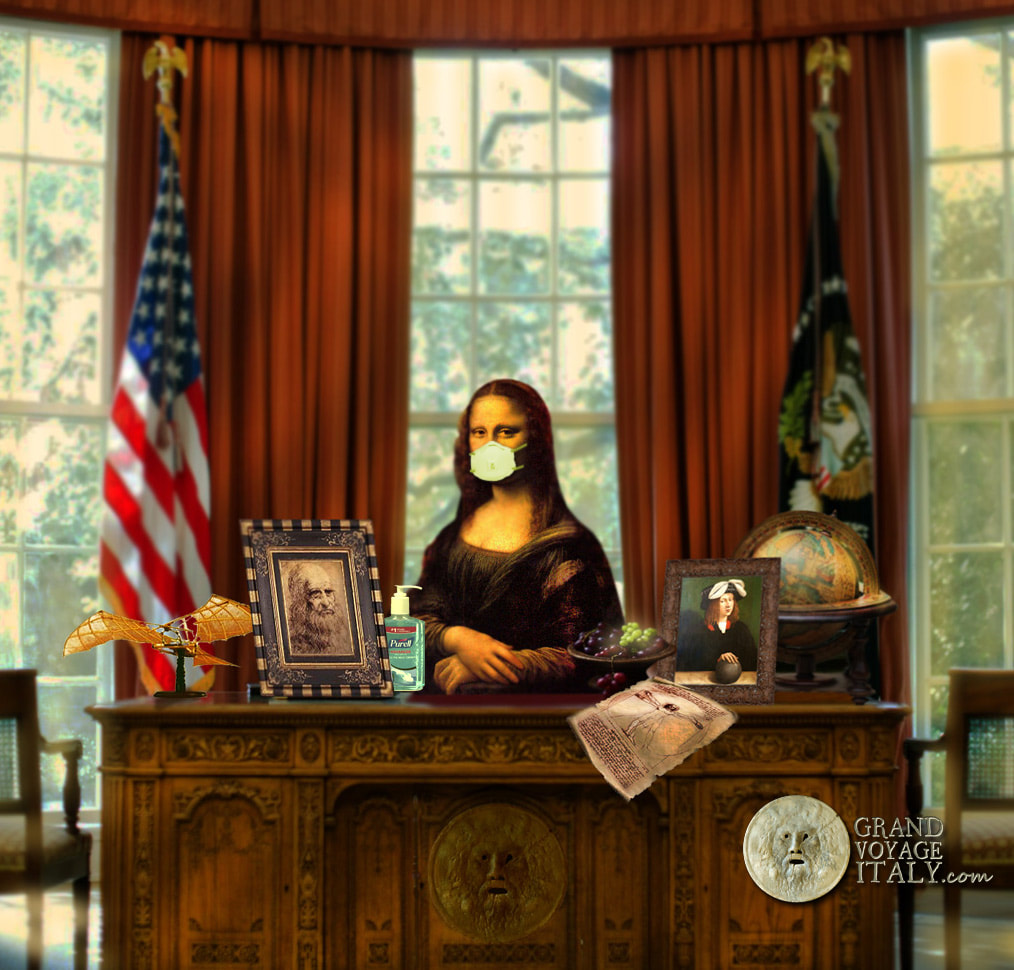

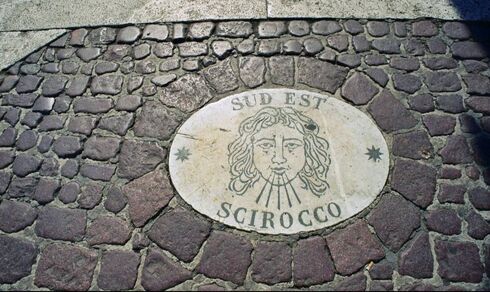
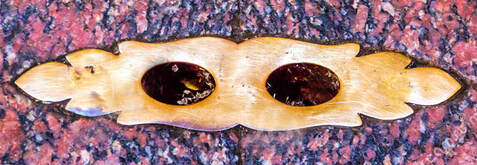










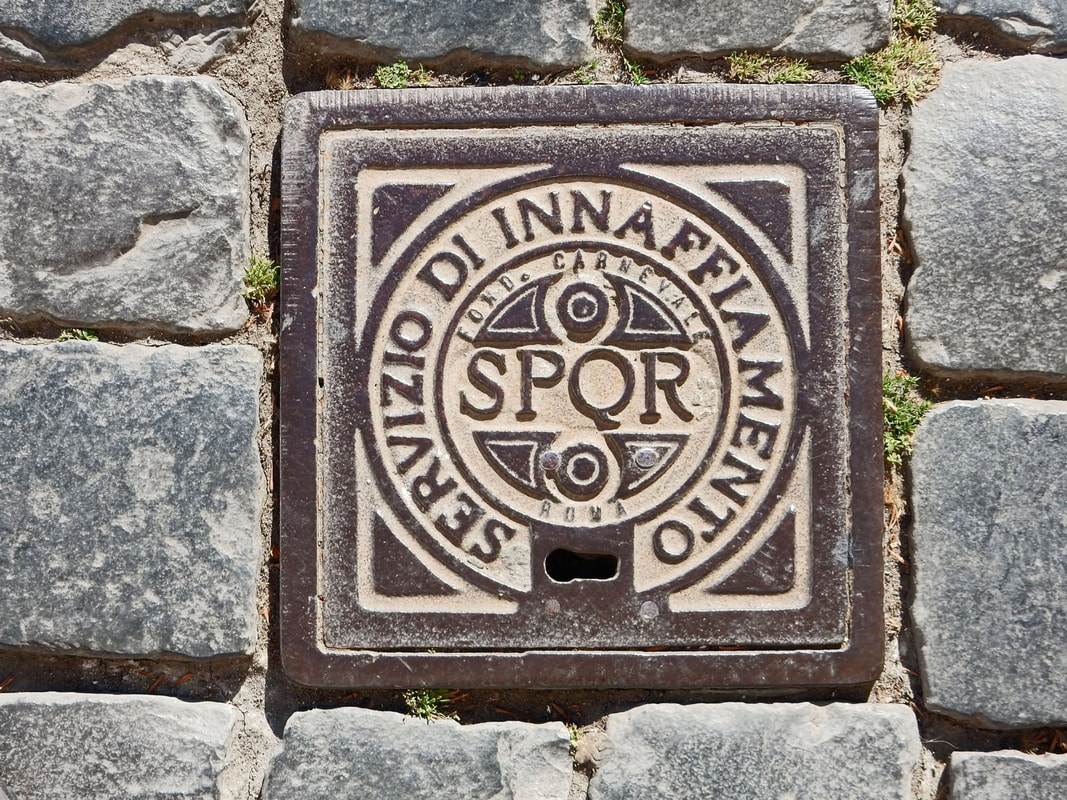


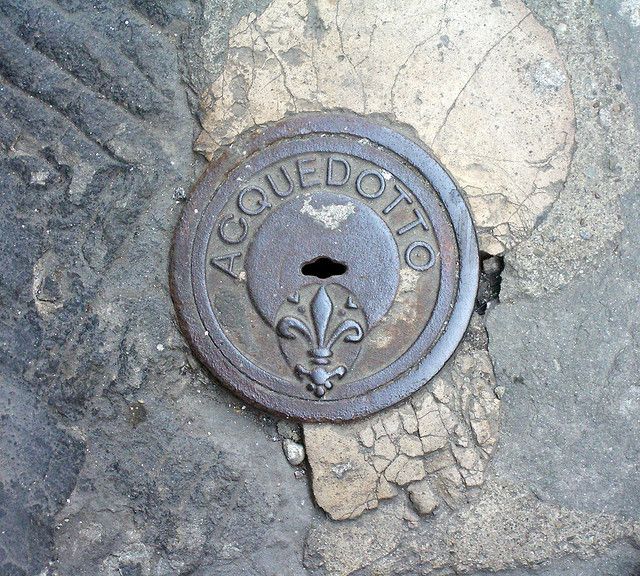




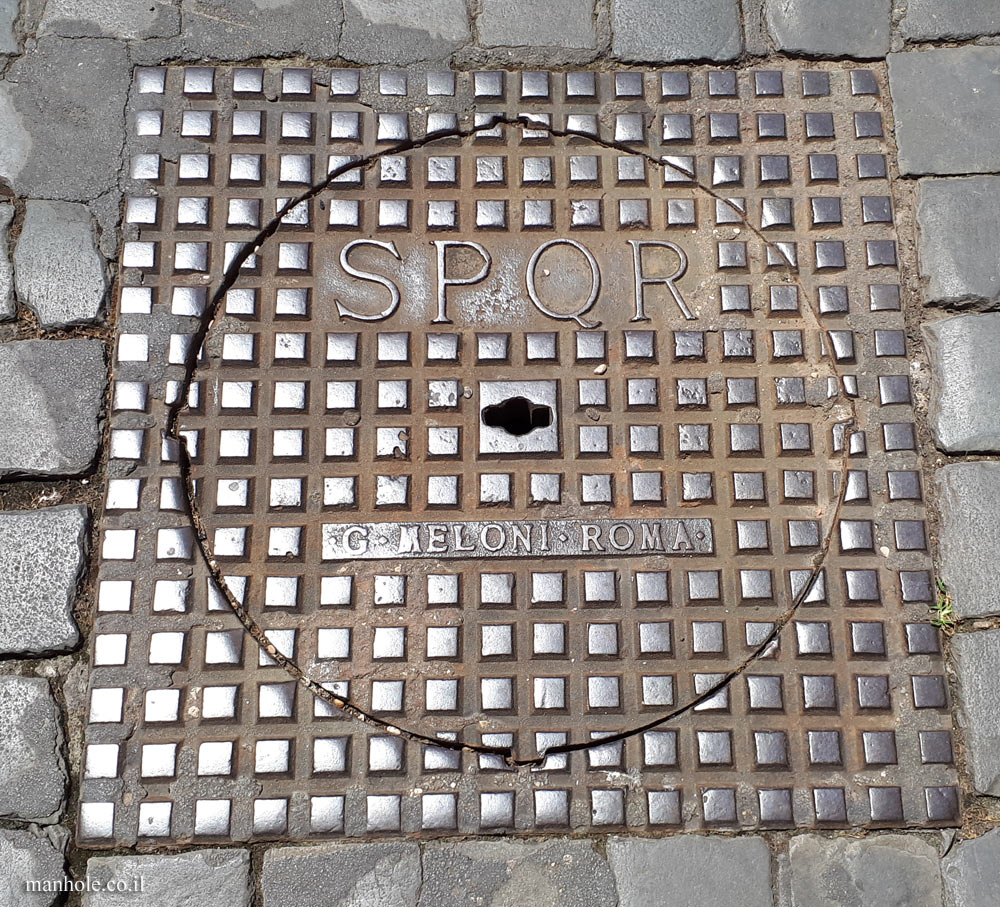















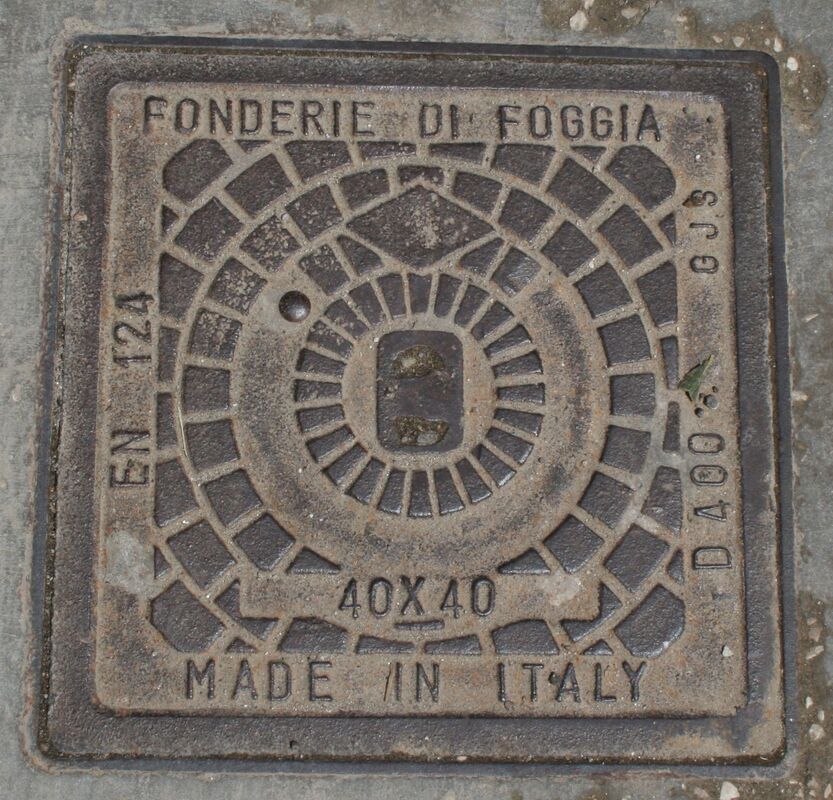
























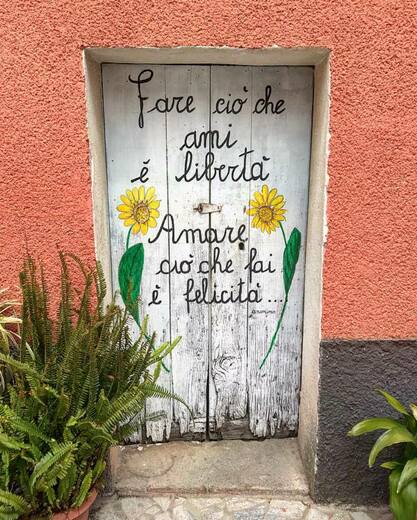
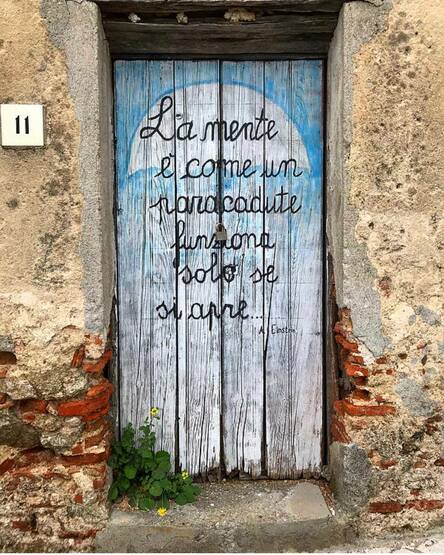
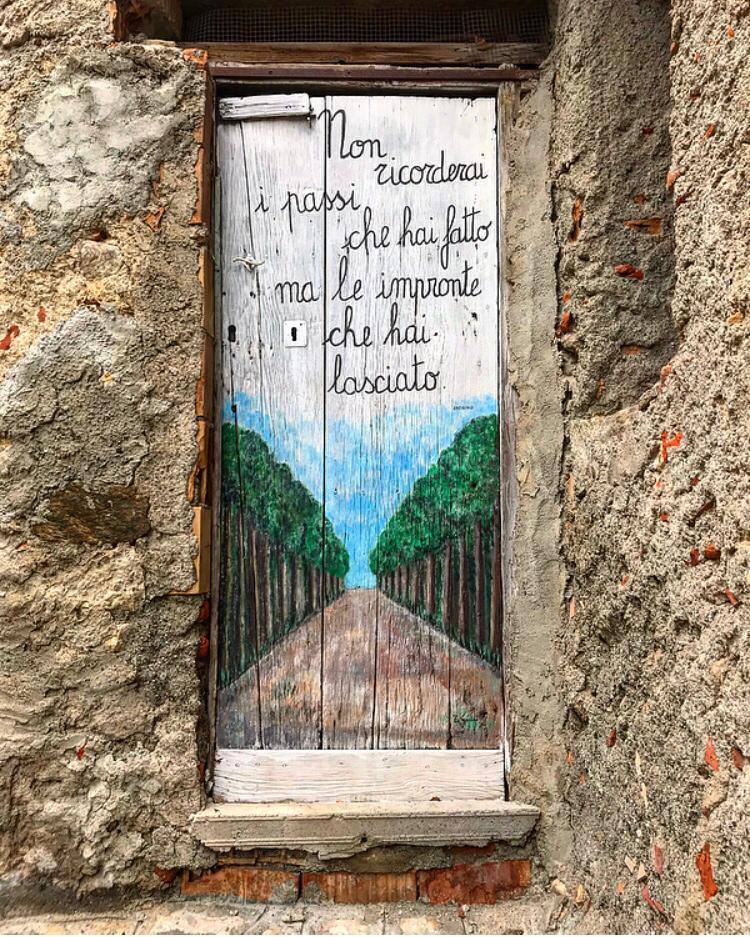

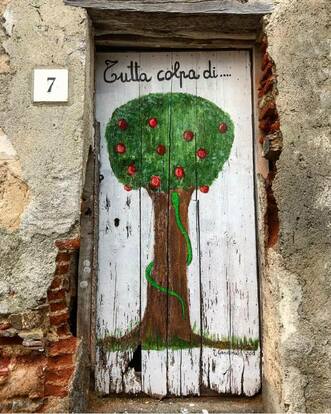















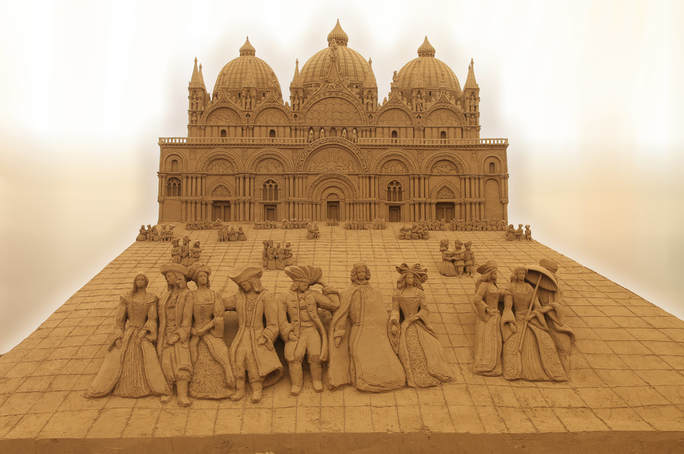







 RSS Feed
RSS Feed
